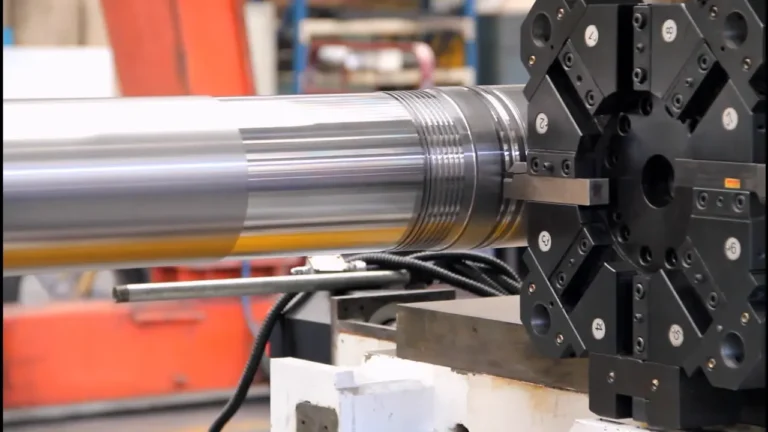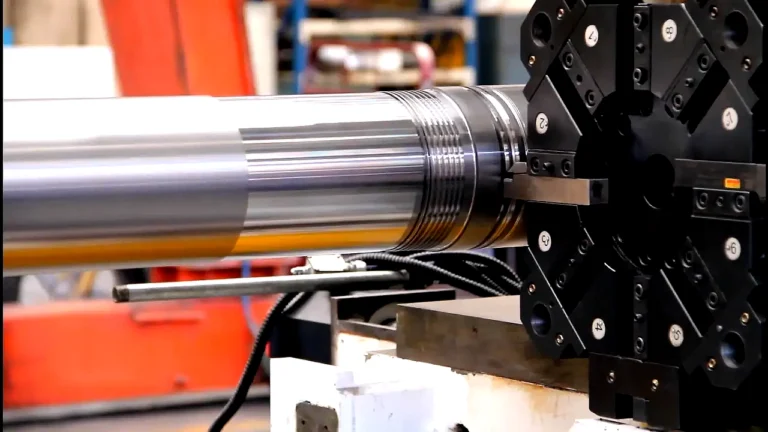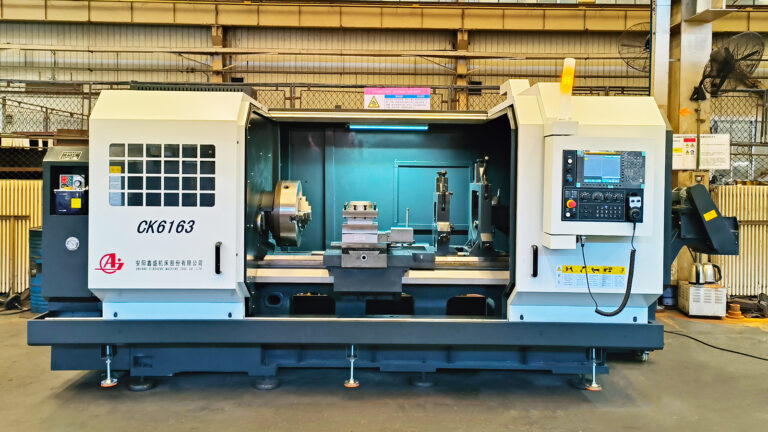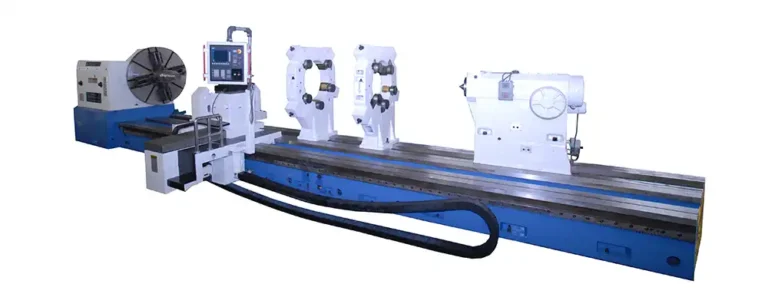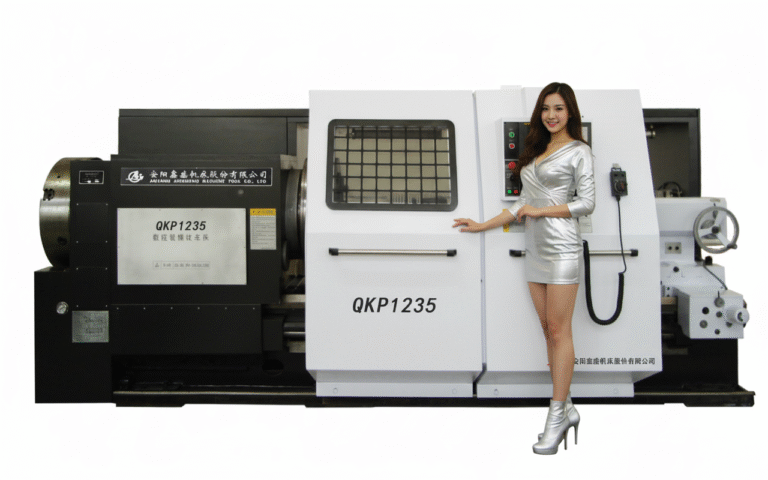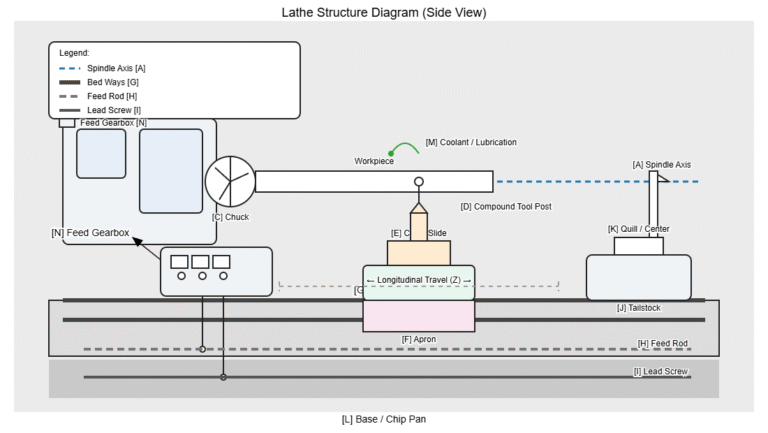How should a lathe operator correctly organize their workspace?
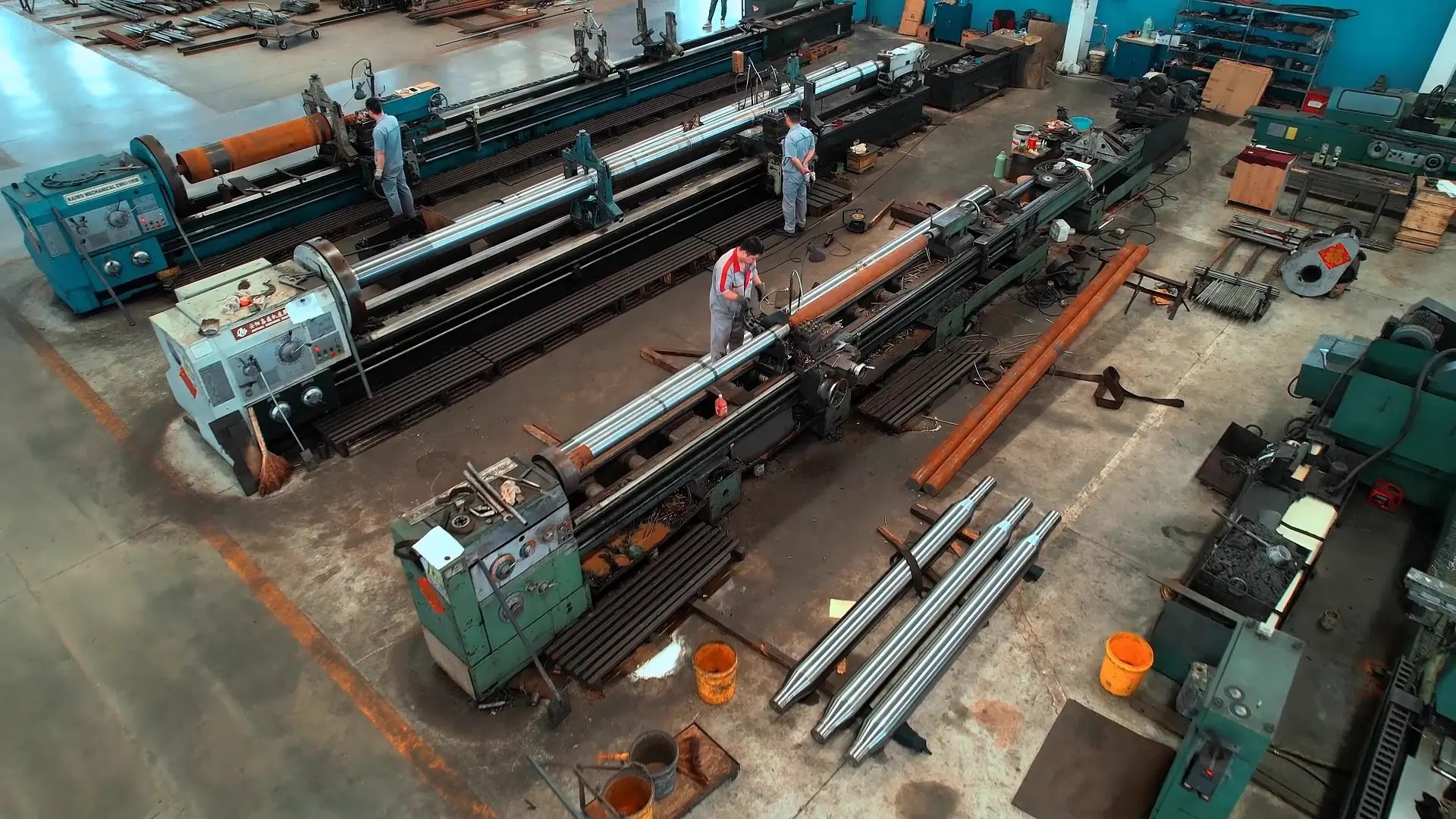
- Proximity of frequently used items: All items used during work should be placed as close as possible and concentrated around the operator’s area, but without hindering free movement.
- Frequency of use: Commonly used items should be placed closer, while rarely used items should be placed farther away.
- Natural movement: The placement of items must conform to the natural movements of the hand (e.g., items for the left hand on the left side, items for the right hand on the right side).
- Care required: Items that require careful handling should be placed higher, and items that don’t require as much care should be placed lower. Precision tools, measuring instruments, and tools must be stored separately and must not collide with each other.
- Accessibility of reference materials: Drawings, process cards, etc., should be placed in a location that is convenient for use.
- Separation and order of inventory: Raw materials, semi-finished products, and finished products must be stacked separately and arranged neatly in order for easy storage or retrieval.
- Convenience of access: The layout of all items should be considered for easy retrieval, minimizing the need to constantly turn one’s body.
- Cleanliness and traffic flow: The area around the workspace should be clean and tidy, maintaining clear and unobstructed pathways.

